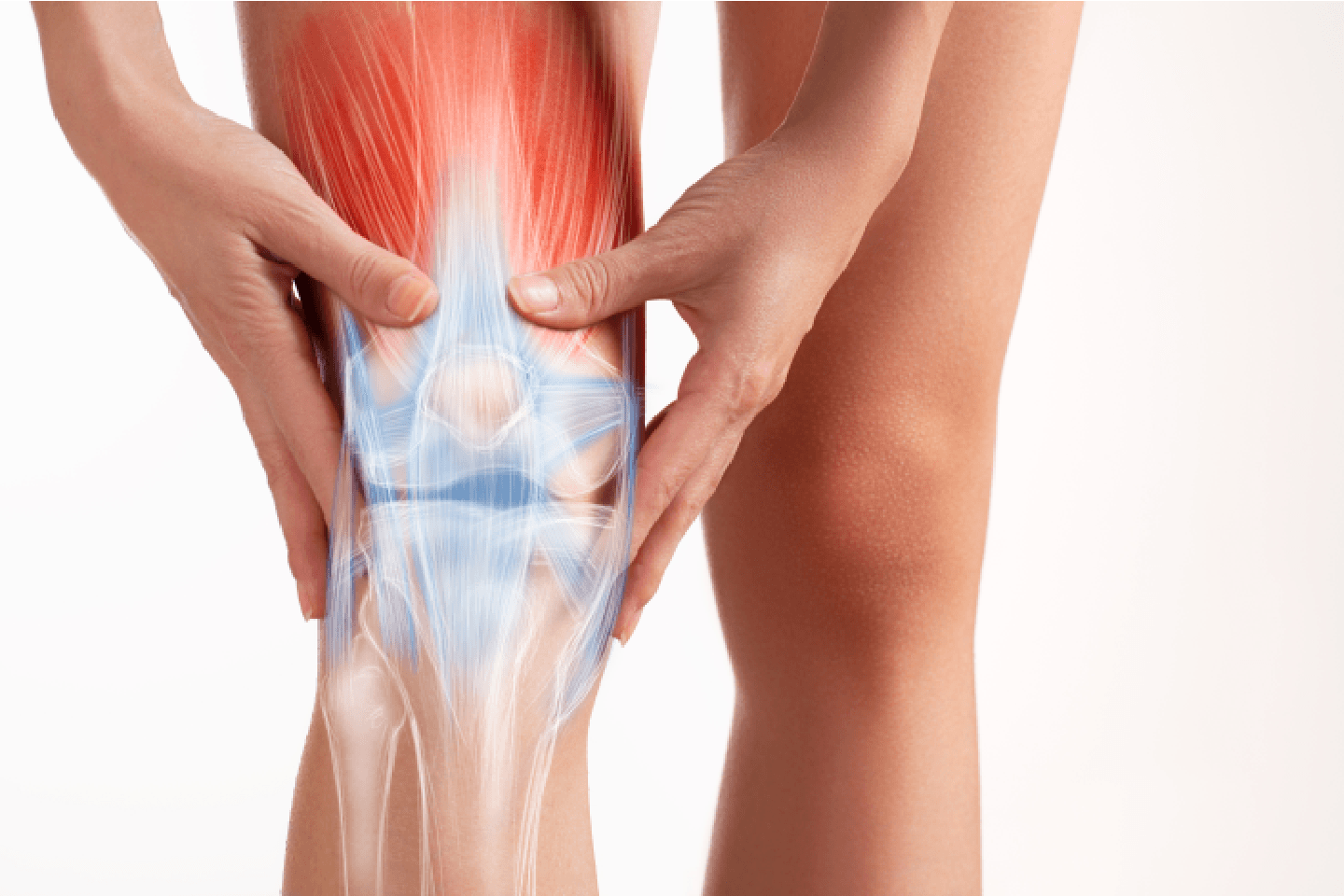
Total Knee vs Partial Knee Replacement: Know the Difference
Introduction
The knees are essential joints that support daily activities like walking, climbing stairs, and staying active. They act as hinges, enabling smooth movement. Over time, knees can gradually deteriorate due to aging, injury, or conditions such as arthritis, which damages the cartilage cushioning the joint. This can lead to pain, stiffness, and difficulty moving.
Each knee has three main compartments: the inner side (medial), the outer side (lateral), and the front part behind the kneecap (patellofemoral). Sometimes only one compartment is affected, while in other cases the damage spreads through all three.
When knee pain and limited movement become severe and do not improve with treatments like medication, physical therapy, or injections, knee replacement surgery may be recommended. This procedure, also called arthroplasty, involves removing damaged parts of the knee and replacing them with artificial components made of metal and medical-grade plastics.
There are two types of knee replacement: partial knee replacement, which replaces only the damaged compartment, and total knee replacement, which resurfaces all parts of the knee. The choice depends on the amount of damage and the overall knee condition.
The goal of knee replacement surgery is to relieve pain, restore function, and improve quality of life, helping people return to the activities they enjoy with greater comfort and mobility.
These new replacements will be created to operate in the same way your natural knee does, but without the pain.
Total Knee Replacement vs Partial Knee Replacement: What is the difference?
Partial Knee Replacement1
Partial knee replacement surgery is suitable when only a portion of the knee is damaged, most commonly due to arthritis, while the rest of the knee remains healthy. Additionally, the knee ligaments, which are the strong bands that support and stabilize the knee, should be intact and functioning well for this procedure to be considered.
Advantages of partial knee replacement:
The surgery is less invasive, so less bone and tissue are cut.
Important knee ligaments stay intact, which helps the knee move more naturally.
Recovery is usually quicker, with many patients going home the same day or after one night in the hospital.
There is less blood loss during the operation.
Many patients feel their knee works more like their original knee.
Lower chance of some complications because the surgery is smaller.
It is advisable always to preserve the body’s natural structure and movement as much as possible.
Additionally, a partial joint replacement process is less taxing on the body than a full joint replacement. The partial knee replacement involves lesser bone and soft tissue dissection. The procedure also results in lesser blood loss. Patients who undergo partial knee replacement recover faster. However, there may be a higher revision rate than a total knee replacement on the other side.
The revision process is a repeat surgery to solve any problems that may occur immediately after the procedure. The worst part of revisions is they are complicated than primary surgeries.
Total Knee Replacement2
Total knee replacement is a surgical procedure that involves replacing the damaged surfaces of the entire knee joint to restore its function. It is recommended when all three parts of the knee are severely damaged, often due to widespread arthritis, and when other treatments like medications, injections, or physical therapy have not provided relief. This option is considered especially when knee pain is intense enough to significantly interfere with daily activities.
Advantages of total knee replacement:
It fixes all parts of the knee that are damaged.
It reliably reduces pain and improves how the knee works.
Less chance of needing another surgery later, especially if many parts of the knee are affected.
Provides long-lasting relief from pain and helps improve quality of life.
Good option for severe arthritis or damage throughout the knee.
Helps correct knee alignment and makes the joint more stable.
The process provides a more full-proof repair compared to a partial knee replacement. The revision surgery rate for total knee replacements is lower than partial knee replacements.
How to decide between a Partial vs Full Knee Replacement?
Your orthopedic surgeon will evaluate several key factors to determine the best surgery for you. They'll order X-rays and possibly MRI scans to see which parts of your knee are damaged. Your age, activity level, and overall health all play important roles in this decision. Younger, and more active patients often benefit from partial knee replacement since it preserves more natural knee structure. Your doctor will also assess how you walk and move to determine if your ligaments are strong enough for partial replacement. Total knee replacement is offered when the knee is significantly damaged, symptoms are severe and disabling, and all other reasonable options have been exhausted.
We are a leading medical equipment manufacturer that offers a range of innovative orthopedic implants, as far as knee replacements are concerned. Our flagship product, known as the Freedom knee, is the only 7-radii femoral implant globally. We aim to provide patients with a smooth, effective, and active lifestyle.
India’s first fully active robot with the potential of 3D pre-planning, virtual surgery, and precise cutting to provide accurate and precise surgery results is the brainchild of Meril.
Meril has patented a product called the OPULENT BIONIK GOLD KNEE. It comes with a TiNbN coating that is highly durable. Meril also has the Freedom pck revision knee system that is ideal for correcting functional deformities, post-traumatic loss of knee joint contour, Knee fractures and revision surgeries.
If you suffer from severe knee pain and your medications and therapy do not help, consider knee replacement as the answer. This common and effective procedure reduces pain and enables you to get back to leading a healthy lifestyle.



